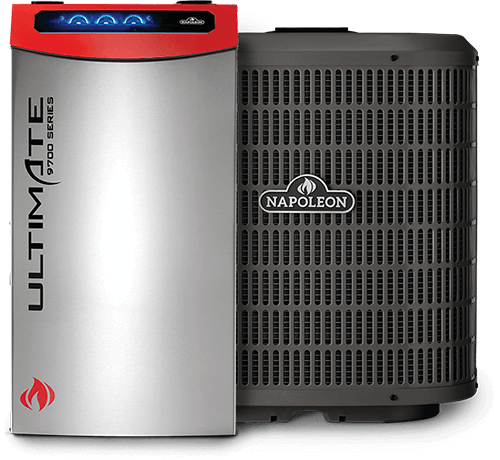Sometimes known as mini-splits, Napoleon ductless air conditioners and heat pumps are the perfect solution to heat or cool any home without ducting. Quietly maintaining comfort levels, these sleek, attractive units blend into your décor nearly inconspicuously.
Ideal for older homes, converted attics and add-on rooms and cottages, ductless air conditioners are an excellent way to heat or cool your home and reduce humidity when installing or extending ductwork is unfeasible.

System Maintenance | New System | Support
Connect with a Dealer
Our expertly trained and knowledgeable dealers can help guide you through any home comfort decisions.
Contact Us